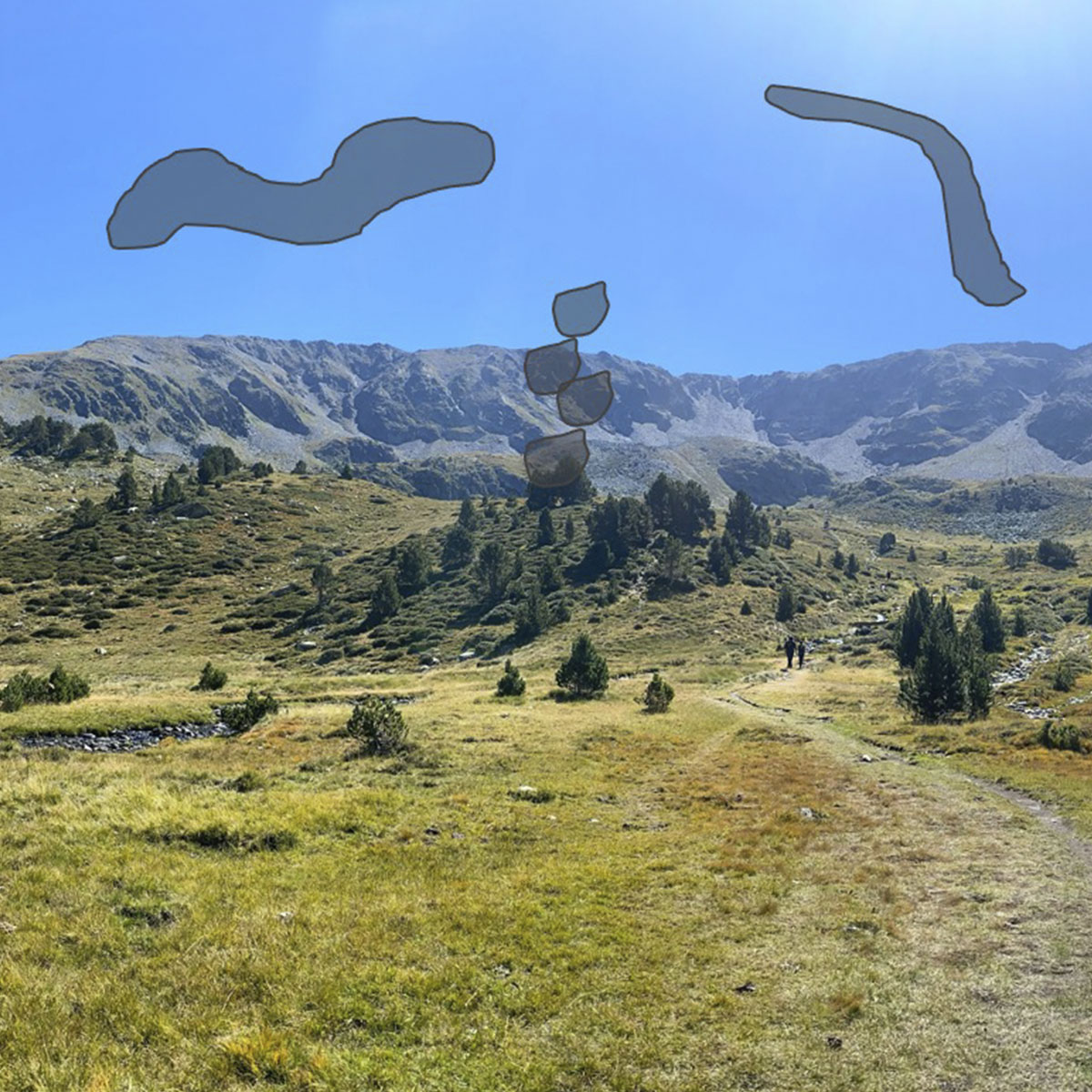MIODESOPSIAS- FLOATERS
The particles or dark patches which are seen to move in our field of vision are known as floaters.
Although the majority of them do not require treatment and are associated with the aging process, in some cases floaters are a symptom of a retinal tear and serve as a warning that there could be a detachment which would subsequently cause a serious loss of vision.
What are floaters- miodesopsias ?
They are small, moving dots which appear in one’s field of vision and can usually be observed when there is light and we are looking at a clear background, such as a wall or the sky. They are in fact diminutive particles of vitreous humor, the transparent and gelatinous liquid found inside the eye.
What are the symptoms of floaters- miodesopsias ?
What the patient perceives are the marks which the floaters project onto the retina, of which there can be different shapes : little dots, circles, lines, clouds or webs. These generally change position as soon as one tries to look at them and are more noticeable under bright light. At times,flashes of light can be seen.
Why are floaters- miodesopsias produced ?
Small floaters are frequent at any age, due to the little lumps which form in the vitreous humor which fills the eye. But as we get older, the gelatine in the vitreous humor shrinks and separates from the retina, which then causes a detachment of the posterior vitreous. This is the most common cause of floaters and is usually found among people who are over 60 years of age, myopes or patients who have had intraocular surgery.
Can floaters- miodesopsias be a serious problem ?
When the vitreous gelatine separates, the retina can be torn and cause a hemorrhage in the eye, which in turn can make a new group of floaters and flashes of light appear. If the tear is not treated by soldering it with a laser , the liquid in the eye enters the tear and detaches the retina, which causes a considerable loss of vision. If this is the case, it must be treated surgically. However, floaters which are not caused by a tear or detachment are not serious and do not require treatment, although they will never completely disappear.
What can we do in these cases ?
Floaters interfere with our eyesight, which can be uncomfortable, especially when we are reading. The best thing to do is move the eyes up and down, the aim being to move the floaters out of our sight. Over time, some of them become almost imperceptible. but if a large number of floaters or flashes of light suddenly appear, the wisest action would be to have our ophthalmologist carry out an examination of the fundus of the eye to ensure that we have not suffered any damage to the retina.

